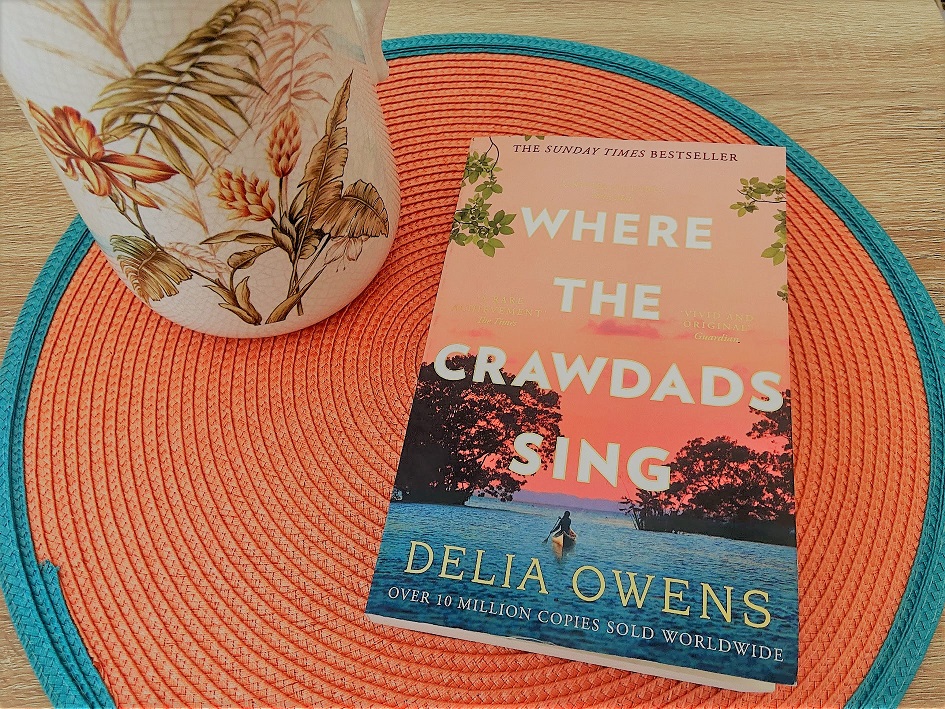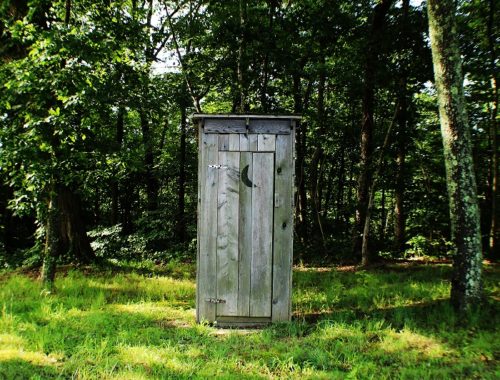
Where the crawdads sing – a book review

by Flamingo
“Where the crawdads sing” by Delia Owens is a book I had on my reading list for the past two years. It’s considered a best selling phenomenon. I really understand why this book is so successful, it left me baffled. Do you know that feeling when you finish a very good book, that kept you in a strange fairytale land while reading it and at the same time kept you on your toes and biting your nails? That feeling at the end when you don’t know what to do with yourself after finishing it, the strange sentiment that nothing you’ll read or do will be as important as this book and nothing will ever compare. The feeling usually passes after a while, but it still keeps on lingering for days in my case.
The story surrounds an orphan girl, living in the wilderness all on her own, rejected by society. It’s a coming of age story, full of trauma, but also love, a mysterious murder, set in a very picturesque place between the 50’s and 70’s.
Why is this book so remarkable? Here is a list of criteria I tried to organise, although logic in this case doesn’t help, because Where the crawdads sing is all about feeling.
- It’s a very special story, genuine, written by a nature biologist. Delia Owens writing style is beautiful, descriptive, she paints with words. The world develops under the reader’s eye like a watercolour. She succeeded in making me watch this book, as if I had a movie rolling in front of my eyes. The place where she chose the setting is a marsh in North Carolina, where the land meets the water and neither can live without the other. Waves broke over her back, drenching her hair. Fast-moving, dark clouds streamed just above her head, blocking the sunlight and obscuring the signs of eddies and turbulence. Sucking the day’s heat. Still, fear eluded her, even as she longed to feel terrified, anything to dislodge the blade jammed in her heart.
- The marsh is actually a main character in my opinion. The author created a main character out of a background. Her descriptions on every single detail of life in the marsh is astonishing and not even a second boring like you may think. It’s interesting and full of life and if the reader has even a bit of love for nature, this will increase it tenfold. From descriptions of beautiful seagulls and herons, to riplets of water and insects, grasses and mushrooms, seashells and breathtaking sunsets, this author knows how to focus on the tiniest of details. Marsh is not swamp. Marsh is a space of light, where grass grows in water, and water flows into the sky. Slow-moving creeks wander, carrying the orb of the sun with them to the sea…Then within the marsh, here and there, true swamp crawls into low-lying bogs, hidden in clammy forests. Swamp water is still and dark, having swallowed the light in its muddy throat.
- Catherine Danielle Clark, or Kya, as she calls herself, or the Marsh Girl as the other people call her, is one of the best characters I have ever read. She is truly amazing in her determination, in her love for nature, for her marsh that raised her. Her loneliness is so heartbreaking, the way she turned to all living things for comfort, when people just abandoned and rejected her. She longs for companionship and craves for acceptance for who she really is, with all her weirdness and quirks. Kya doesn’t know people, except for early memories of her parents and siblings, she always compares the human behaviour to the animal one. Some of the most tragic components of her story are the relationship and the constant longing for her mother and how the isolation changes a person. Jodie felt the lonely life hanging in her kitchen. It was there in the tiny supply of onions, in the vegetable basket, the single plate drying in the rack, the cornbread wrapped carefully in a tea towel, the way an old widow might do it.
- Tate Walker and Chase Andrews are two characters that couldn’t be more different from one another, yet they share the wonder and love they both have for Kya. The former feels a deep love for her and her marsh since the early time they were kids, he accepts, loves and nourishes her body, soul and knowledge. She’s more pure and innocent than any of those girls you’d have me go to the dance with (Tate). The latter has a different kind of attraction towards her, based more on the physical aspect of it, but still he keeps being drawn to her and her marsh. She’s wild as a she-fox in a snare. Just what you’d expect from a marsh minx. Worth every bit a’ the gas money. (Chase)
- The mystery involving the murder and the trial is very consuming. This author succeeded in creating apart from a life story, a nature story, a triangle love story, even a story about a murder, its investigation and the judgement. These stories tie themselves up together: “the passion crime in the swamp”. The thrill is very real and you feel it from the first page of the book until the last words end the story. The ending is spectacular, very surprising indeed, but yet reading the clues through the entire book I can really understand and accept it.
- The setting in time I liked a lot as well. It is unbelievable to think about the fact that in the 70s there was still segregation between white and colored people. It reminded me a lot of “Gone with the wind” by Margaret Mitchell, although another time all together, but still it didn’t feel like it was 100 years later. The injustices done just 50 years ago are appalling. So this story sheds a bit of light on the era, especially being in the South with the mighty Confederate Flag hung proudly in all the institutions.
- The title of the book is what drew me to it the first time. Where the crawdads sing is a very intriguing notion and so full of poetry. It describes a “yonder” place in nature, far in the bush, where critters are wild, still behaving like critters. Actually the whole book is full of poetry, beautiful naive verses about nature and human behaviour.
I hope I made a strong case for this book, especially because the movie featuring Daisy Edgar-Jones (one of my favorite actresses) and produced by Reese Witherspoon is coming out next week and it would be a pity not to read the story first. Where the crawdads sing is definitely a masterpiece, so beautiful in all of its sadness. Delia Owens has gained a place with my most beloved contemporary writers like Sally Rooney and Muriel Barbery. I can’t believe at my age I still find books to call favorites!
…she’s gone to the Lake of the Dismal Swamp,
Where, all night long, by a fire-fly lamp,
She paddles her white canoe.
And her fire-fly lamp I soon shall see,
And her paddle I soon shall hear;
Long and loving our life shall be,
And I’ll hide the maid in a cypress tree,
When the footstep of death is near.
(Thomas Moore)




